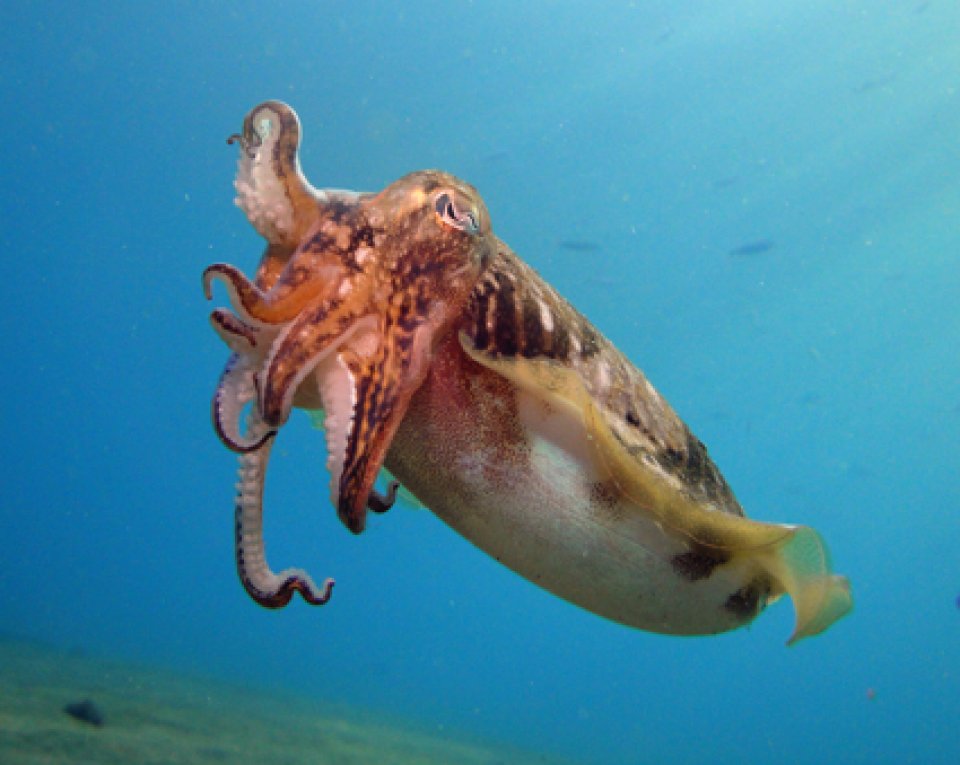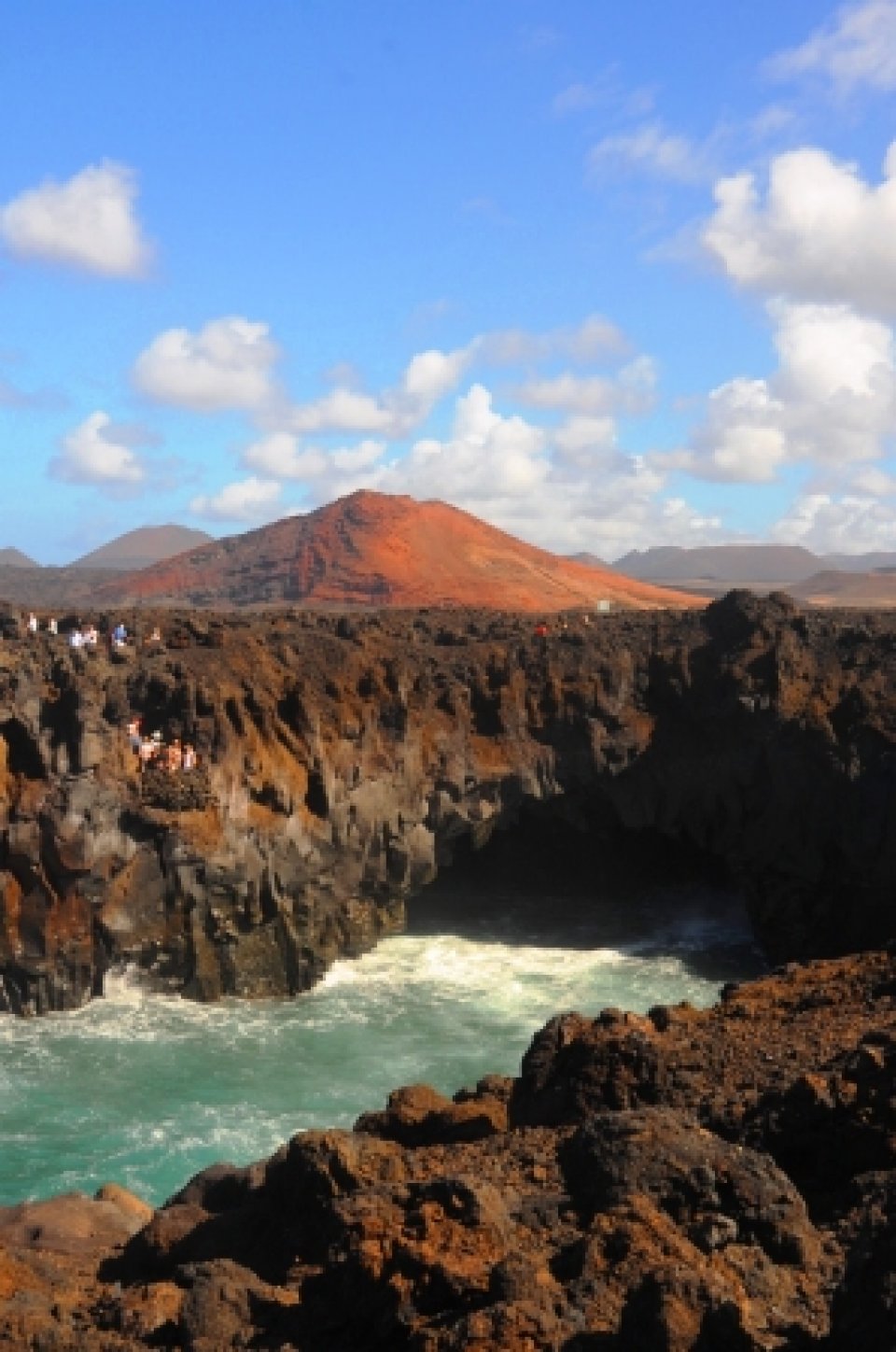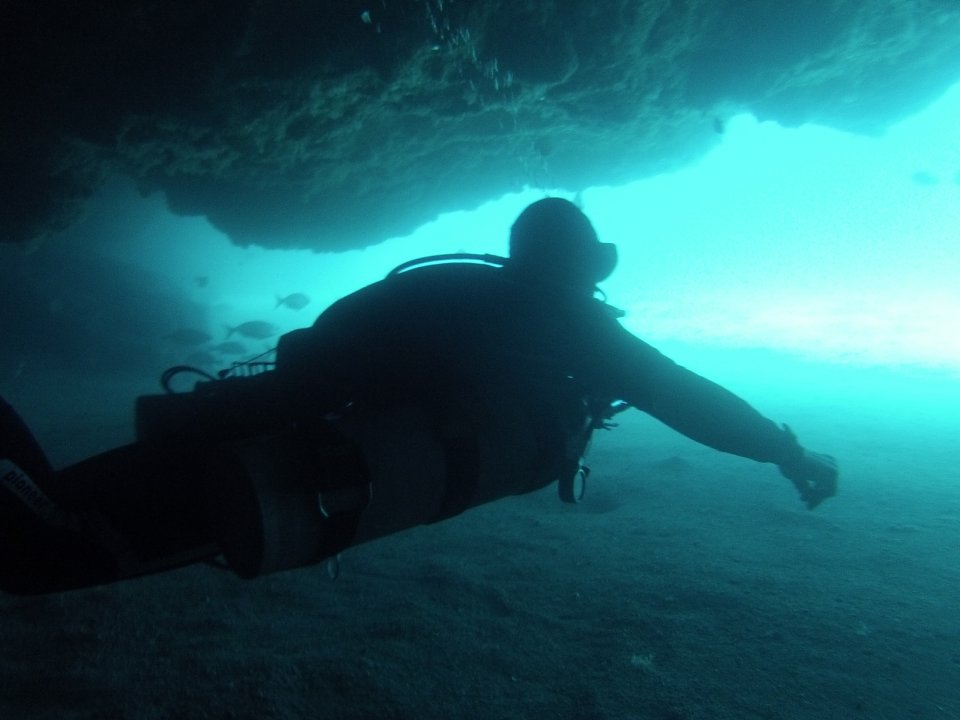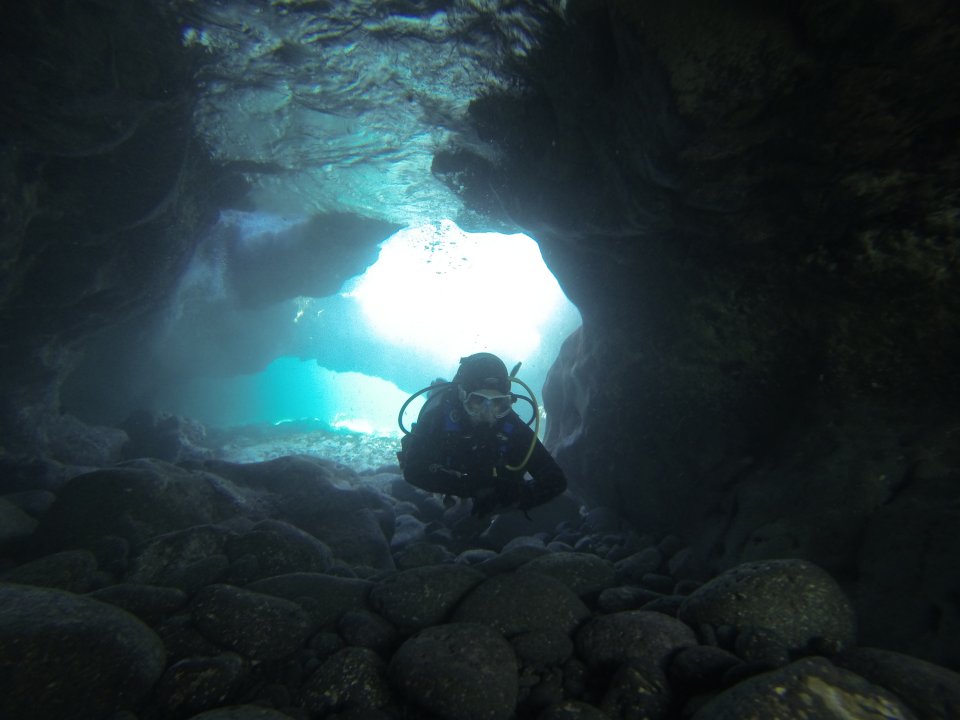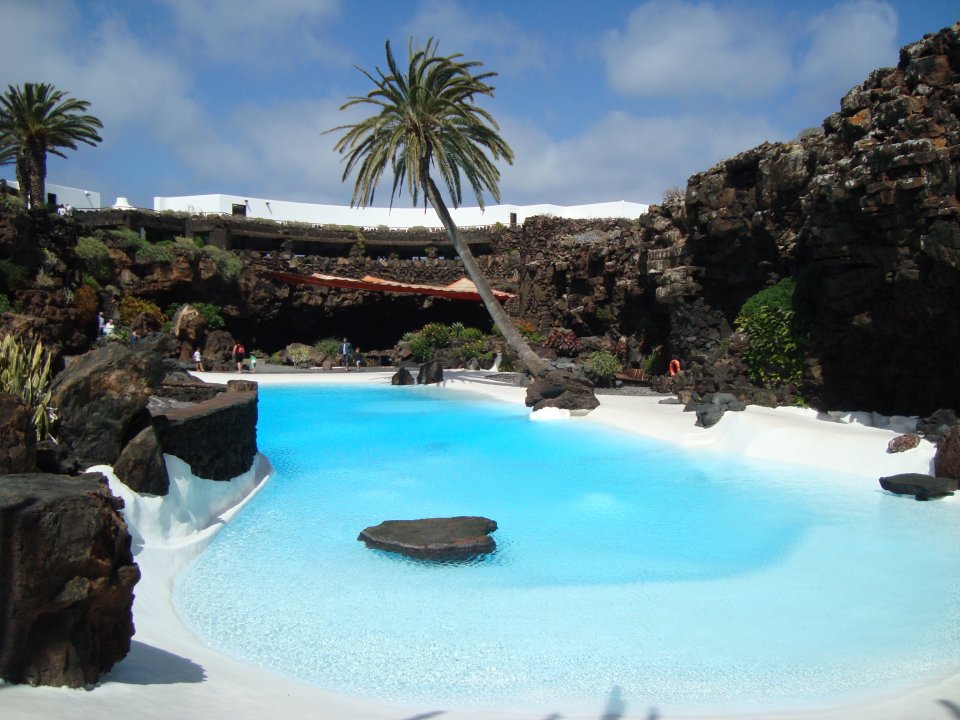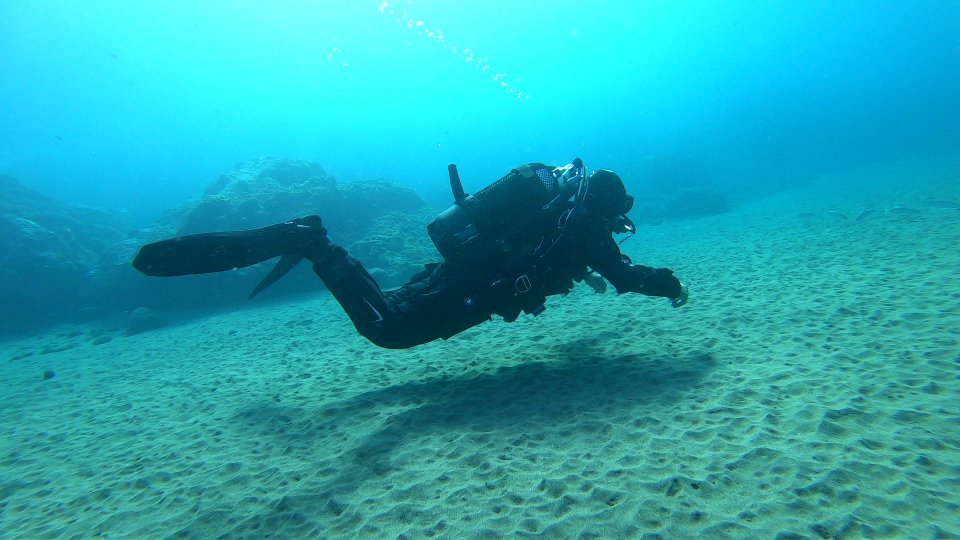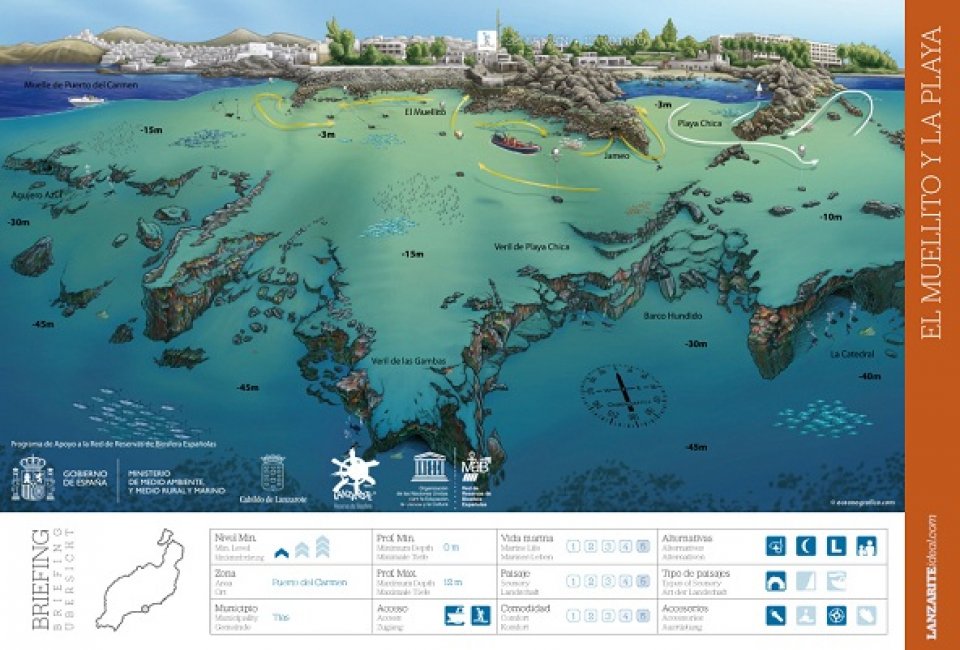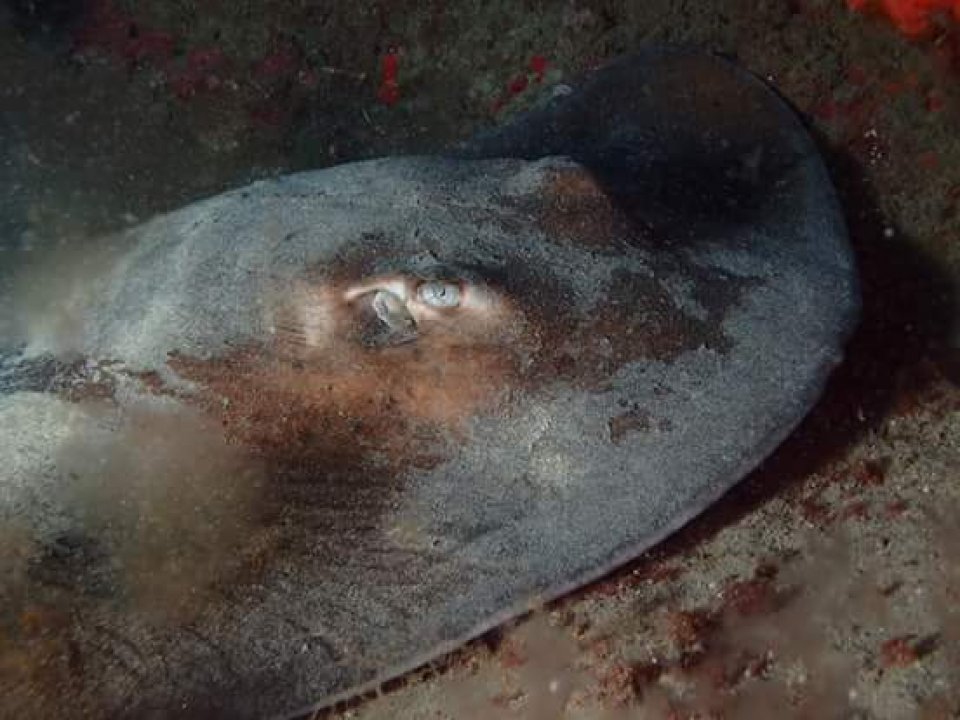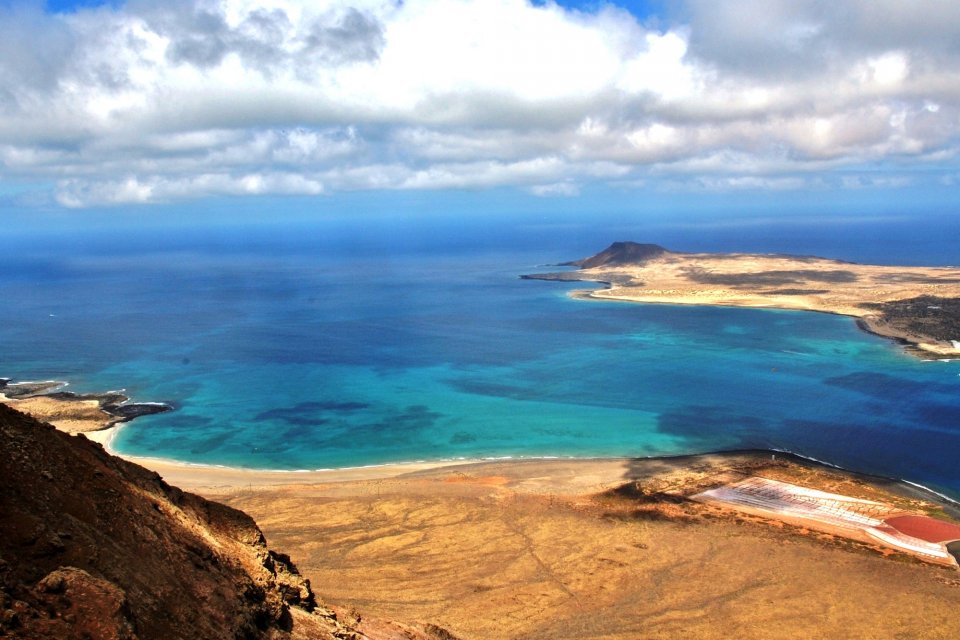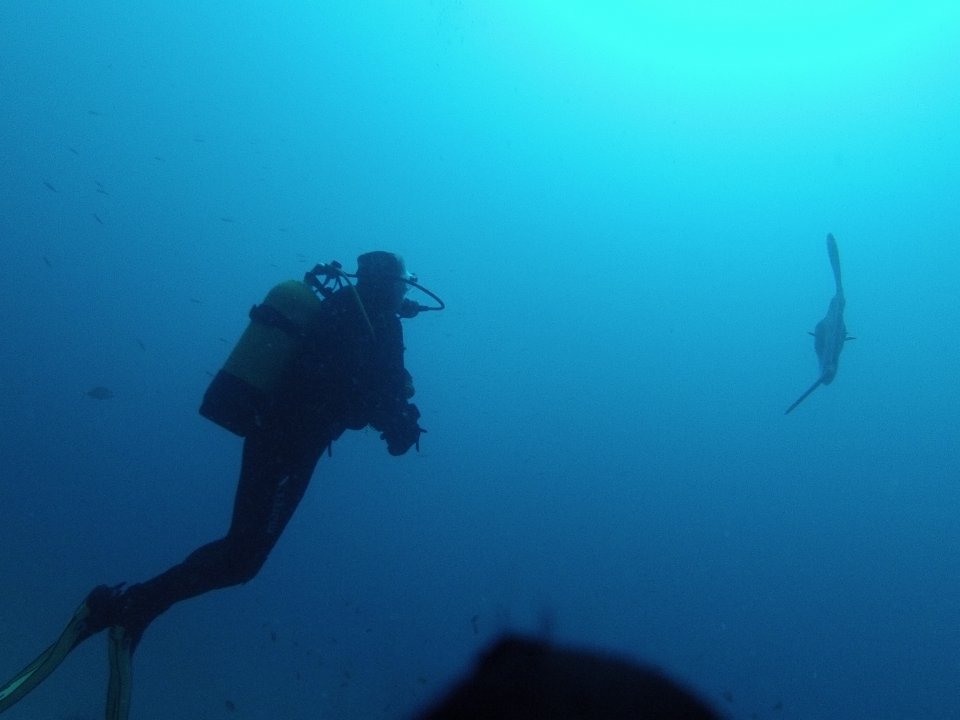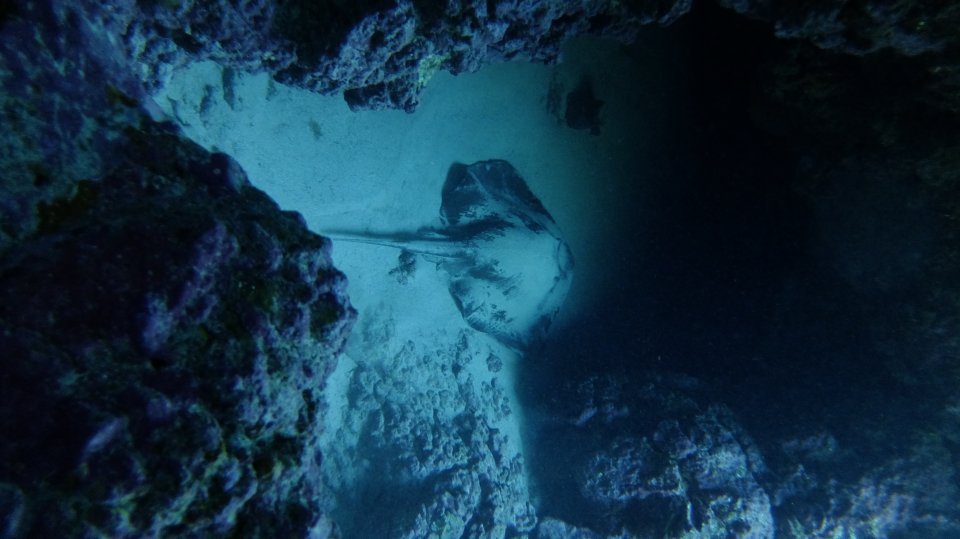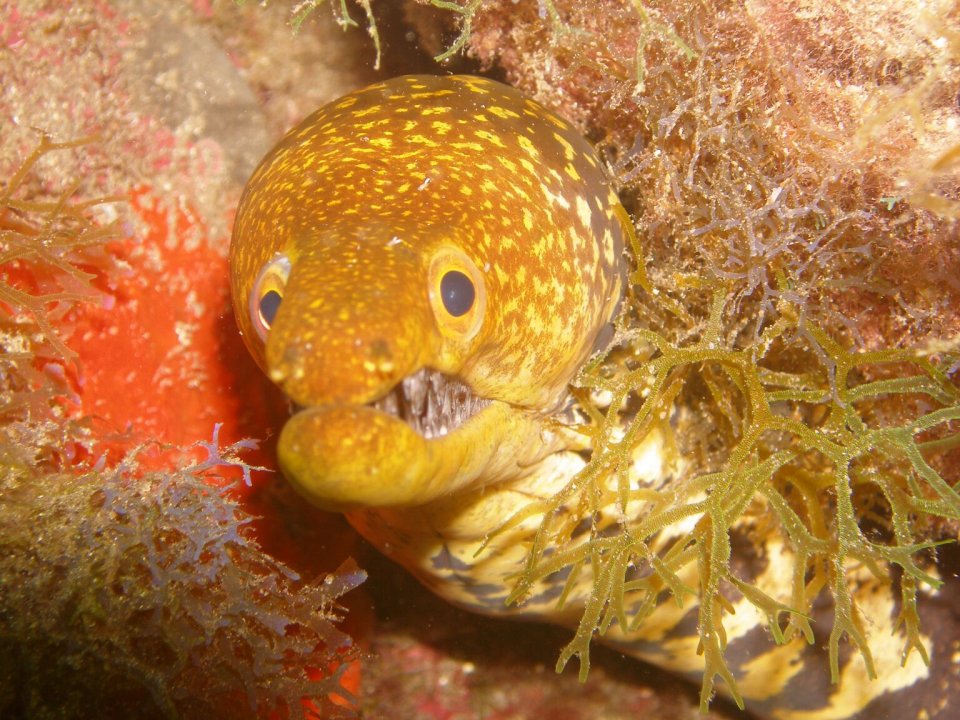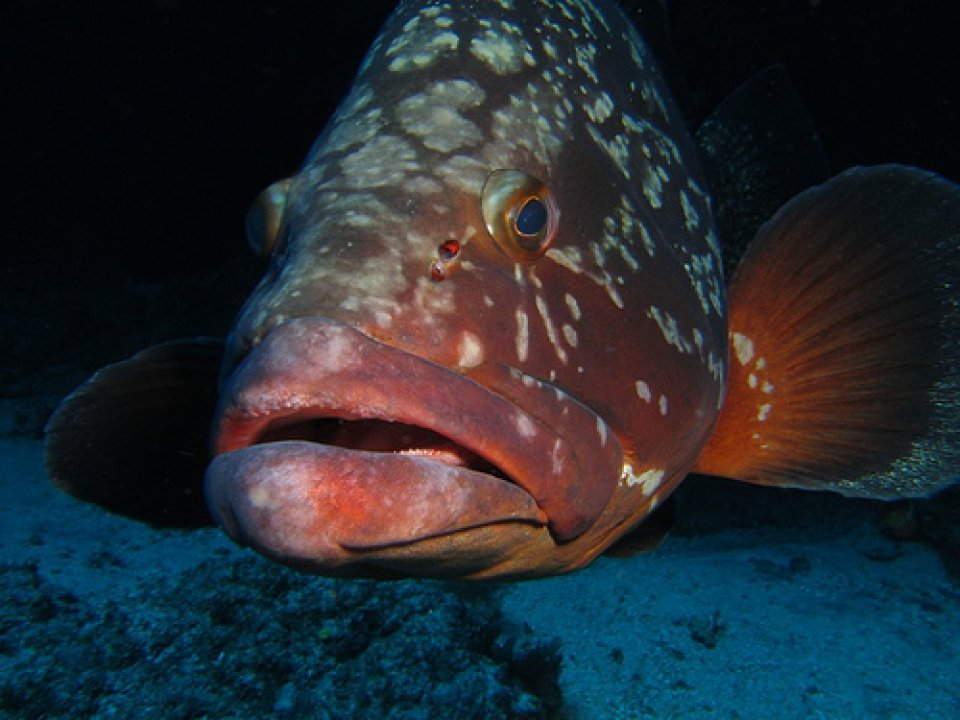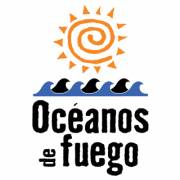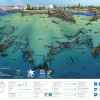Dive in Lanzarote
Diving packages in Lanzarote
-
2 Dive Package
2 guided dives in the north of Lanzarote.This recreational guided dive package includes a guide Divemaster or Instructor , transportation to and from the dive site, tanks (air) and weights.The maximum mount of divers per guide will be 6! Full equipment rental for one day (mask, boots, fins, BCD, regulator (ScubaPro - DIN), depth-gauge, SPG, 7mm wet-suit) is 20 Euro to be paid locally All divers…76 $ More Information -
10 dives
10 dives package with equipment from the centre. Includes equipment, guide and transport. Shore or boat dives, depending of the sea conditions. Possibility of pick up from your hotel.340 $ More Information -
Discover Scuba Diver
The PADI Discover Scuba Diving program is an introduction to the world of diving for all who want to have their first experience at sea enjoying from the first minute to the last of the sensation of breathing underwater and the beautiful underwater in Lanzarote . The program consists of a briefing in which explains details of the dive and some skills to enter the water with confidence, and a…70 $ More Information -
6 Dive Package
6 guided dives in the north of Lanzarote.This recreational guided dive package includes a guide Divemaster, Instructor orr Instructor Trainer), transportation to and from the dive site, tanks (air) and weights.The maximum mount of divers per guide will be 6! Full equipment rental for one day (mask, boots, fins, BCD, regulator (ScubaPro - DIN), depth-gauge, SPG, 7mm wet-suit) is 18 Euro to be paid…205 $ More Information -
PADI Open Water Diver
The OWD is the course that will certify you as a diver. It consists of 5 theory lessons, 5 confined water sessions and 4 open water dives (sea). You learn the foundations of knowledge and techniques needed to dive with a buddy without supervision Divemaster or Instructor. Your certification will allow you to dive to a maximum depth of 18 meters.445 $ More Information
Diving in Lanzarote
The diving off the coast of Lanzarote is unique, bizaare and full of surprises. The volcanic landscape offers walls, caves, caverns and swim throughs and although there's not much coral to see, the super clear waters and interesting marine life you will encounter more than makes up for the lack of colours.
The main tourist areas are Playa Blanca, Puerto del Carmen and Costa Teguise and you will find a few dive centres dotted around these areas. The dive centres all have affilliations with the hotels so it's more than likely you'll see a guy from a centre in the swimming pool, offering a try dive. They will be able to book all your diving and it's great for a first go in a swimming so you can learn how to breath from a regulator before you try it in the open ocean. You can choose from shore dives or boat dives and there is something for every level of diver.
Whether you like the big stuff or the small stuff, Lanzarote has something for you. See if you can spot the ellusive Angel Shark hiding in the sand or maybe a Star Gazer if you're lucky. There are huge sting rays, moray eels, barracuda and a huge, super friendly grouper off playa chica. You might find an octopus hiding in the rocks, a cuttlefish, turtle or seahorse are also common. Keep an eye out for Schools of Dorada, Stone Bass or Parrotfish. Schools of dolphins and pods of whales sometimes hang around the harbour of Puerto del Carmen and along the coast so you might see them on your boat trip out to the dive site.
A great place to start diving on Lanzarote is off Playa Chica in Puerto del Carmen. It's great for beginners but also drops off to 40 metres for advanced divers. There are a few dives you can do from here including a small wreck, swim throughs, a cave, wall and drift dive. It's a great site for night diving and macro lovers will have a ball here. A resident grouper call Felix usually comes over to say hi, looking for some food that the divers regularly give him. Certified divers can enjoy the sheer cliffs of Papagayo and beginners can check out Mala Cove for its diverse marine life and cool rocky outcrops to explore.
Also off the coast of PUerto del Carmen are some great advanced dives such as the Blue Hole, The House of Rays, Grouper Alley and the Cathdral. They all offer great caverns, caves and swim through and a large diversity of sea life. Wreck lovers can head to Old town Harbour Wrecks or for a very interesting dive try the Temple Hall wreck in Arrecife, which is a huge cargo ship that's half in the water and half out. For a special day trip, head to the island of Los Lobos that lies between Lanzarote and Fuerteventura.
There is so much to discover under the water in Lanzarote so jump in the clear, calm water and have a ball! Say hi to Felix for us.
(By Kelly Luckman)
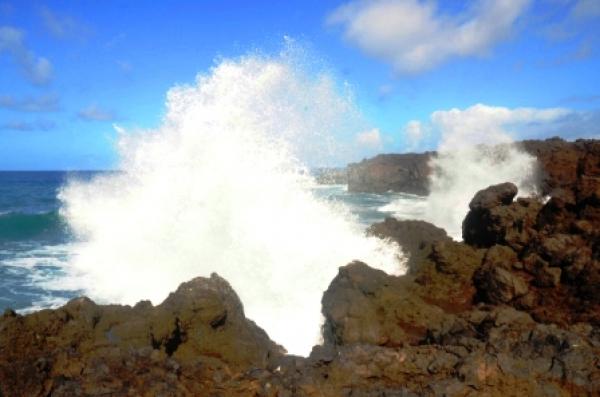
Travel to Lanzarote

Lanzarote is one of Spain's seven Canary Islands, located in the Atlantic Ocean 100 kilometres west of Africa and about 1,000 kilometres from mainland Spain. The island has been destroyed and reborn out of a series of volcanic eruptions which have created one of the most extraordinary landscapes on the planet. It's an island of bizarre beauty; few places on earth can offer so many extraordinary sights within such a small area.
International tourists flock to Lanzarote to enjoy the island's unique combination of spectacular volcanic caves and craters, wonderful beaches and year-round sunshine.
With an average year-round temperature of 22C, Lanzarote is a favourite escape for northern Europeans seeking winter sunshine. But this is an island which offers so much more than sunshine. In 1987 Lanzarote was declared one of the six universal models of sustainable development by the World Tourism Organization and in 1994 it was declared a Reserve of the Biosphere by UNESCO (the United Nations Educational, Scientific and Cultural Organisation).
Here you'll see sights which are not to be found on the popular Costas of the Spanish mainland - fertile agricultural fields amid eerie formations of petrified lava, beaches of black volcanic sand and vineyards growing in the very bowels of volcanic craters. This is an island where restaurants grill meat on volcano-powered barbecues!
The famous Cueva de los Verdes is a huge chasm within an eight-kilometre long volcanic lava tunnel formed by an eruption 5,000 years ago. This incredible cave system, which once provided refuge against pirates and slave traders, connects the Corona volcano with the sea.
Here you'll also find one of the island's top tourist spots - the Jameos del Agua which are a spectacular combination of natural and manmade architecture. Lanzarote's most famous son, the artist and sculptor Cesar Manrique, sympathetically created an extraordinary visitor attraction out of volcanic passages and underground grottoes. The centrepiece is a beautiful, azure lake inhabited by a rare species of blind, albino crab.
Lanzarote, which includes the small islands of La Graciosa, Alegranza, Montaña Clara, Roque del Este y del Oeste, is just 60 kilometres long and 20 kilometres at its widest point. Small it may be, but it boasts some of the world's greatest and strangest natural treasures.
Lanzarote offers fantastic diving with visibility of up to 30 meters, wrecks, caves, mild water temperatures and a rich marine life.
